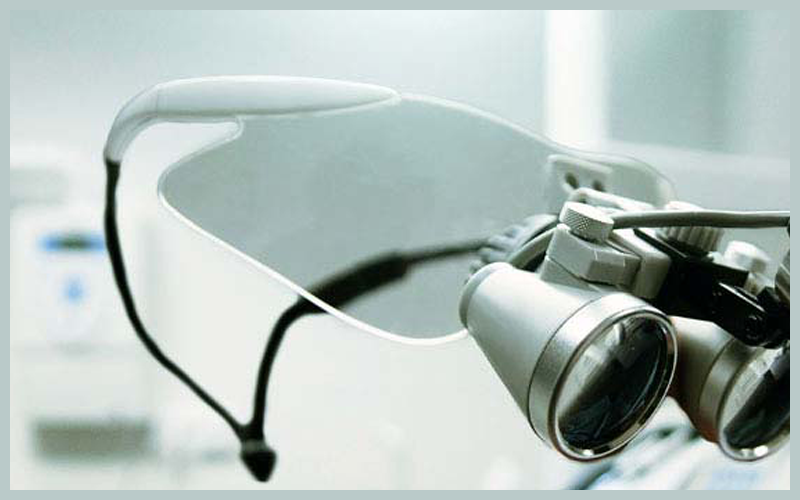Total Number of Chilren Screened: 2258
September 13th, 2012 Monterey Highland 467 Children Screened
September 20nd, 2012 Ynez 445 Children Screened
September 27th, 2012 Brightwood 443 Children Screened
October 4th, 2012 Repetto 446 Children Screened
October 11th, 2012 Hillcrest 235 Children Screened
October 11th, 2012 Monterey Vista 222 Children Screened
Results:
18.00% of children failed the vision screening.
Subjective Assessment:
Numerous children were borderline passing. The actual fail rate may be higher than indicated.
Children that squints during a visual acuity test can artificially pass a vision screening.
Far-sighted children that pass the vision screening may still have problems with near/reading vision that might affect learning. These children are able to accommodate and see well at distance but may have visual issues with focusing for reading, writing, computers, homework, etc. Reading glasses may benefit these kids and a professional eye exam may be indicated.
The highest fail rate for vision screenings starts around the 2nd and 3rd grade. Children’s vision can go through dramatic changes from the age of 8 to 18. However, it is very important to start screening school children no later than Kindergarten age.
Myopic children are easier to detect because most vision charts are designed for distance whereas near vision test is quite often neglected which affects more hyperopic children.
Conclusion:
Approximately 1 in 5 children failed their school vision screening.
Vision screening programs are intended to help identify children with eye or vision problems that threaten sight or impair their ability to develop and learn normally. However, vision screenings are a limited process and cannot be used to diagnose an eye or vision problem, but rather to indicate a potential need for further evaluation.



